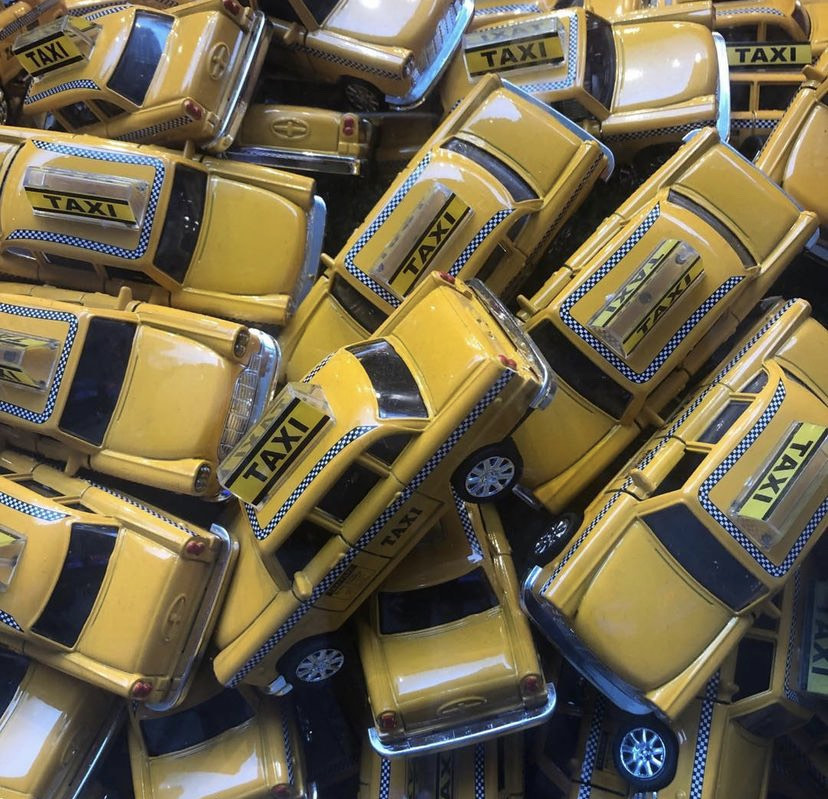Congestion pricing will ruin the New York City taxi experience
October 16, 2022
The New York City taxi is an icon of the city. The bright yellow paint swerves through inner-city roads and aligns in front of John F. Kennedy and LaGuardia Airports with its classic meter-run fare. It’s what tourists wait to see and many immigrant families rely on for income. It’s been a staple of transportation for city-dwellers since 1907, yet state and local offices do not do much to help it. Instead, they implement laws that benefit the New York City subway, while disregarding thousands of people who rely on taxis for survival. Congestion pricing is the latest proposal predicted to raise $15 billion for the city, paid for by working and middle-class workers and is set to be implemented by late 2023.
Congestion pricing is a toll-like fee for cars to enter certain parts of the city, which would affect all roads south of 60th St. in Manhattan, except for the FDR Drive, the West Side Highway, sections of the Battery Park Underpass and Hugh Carey (Brooklyn-Battery) Tunnel that connects the FDR Drive to the West Side Highway. The pricing could range anywhere between $9 and $23 depending on specific off and on-peak hours.
The main objective for congestion pricing is to create a greener New York, however, congestion pricing in Midtown and Lower Manhattan will push cars away from upper-class neighborhoods into boroughs and neighborhoods where there are lower and middle-class families and fewer luxury buildings. This means that already struggling neighborhoods, where people are paying less to drive, will have a significant increase in air pollution.
Manhattan has the most reliable transportation compared to the other four boroughs, where there aren’t enough buses or trains that reach every neighborhood. Many are reliant on their cars in these areas, and pushing cars into these neighborhoods will have a higher traffic density, which creates more hardship for these families who are just as much New Yorkers as their Manhattan counterparts.
Since yellow cabs make most of their trips and fares within Manhattan, congestion pricing will simply increase fares for customers who need to travel below 60th Street. The increase in fare will not go toward the driver but paid to the MTA, which does not fund the Taxi & Limousine Commission or organizations that assist medallion owners or drivers.
Congestion pricing will be especially difficult for taxis compared to private vehicles. There are already expenses that taxi cab owners have to endure. There is a long and pricey process to become an NYC medallion owner, certain requirements you have to meet and everyday hassles you have to overcome.
Taxi drivers have to obtain a specific license from the Taxi & Limousine Commission and go through three vehicle inspections a year, which can cost between $40 and $75 each. These inspections are very particular. Oftentimes, taxi drivers have to stop work for simple repairs, such as a coat of paint.
Congestion pricing serves and favors New York’s excessive upper class and it’s making the city impossible for immigrants to live in. The costs and consequences of congestion pricing may not be a challenge for those who have a high income, the MTA or luxury innovators, but for someone making their living off driving a taxi, middle-class families or those who live outside of Manhattan where there is less funding for transportation or infrastructure, it simply removes everything New York was built from. All congestion pricing will do is make a greener Manhattan, but a more polluted Brooklyn, Bronx, Queens and Staten Island.












